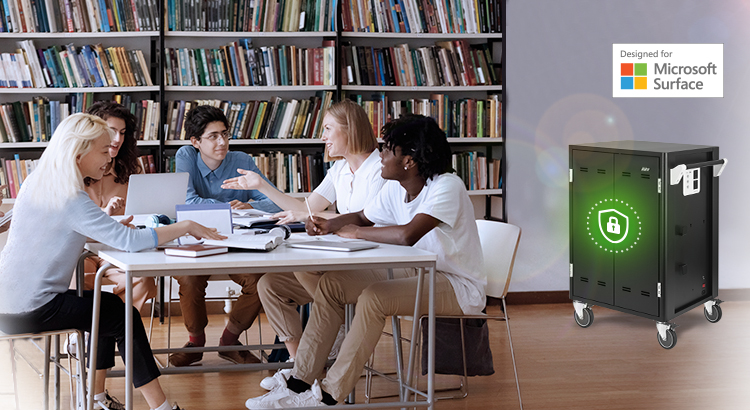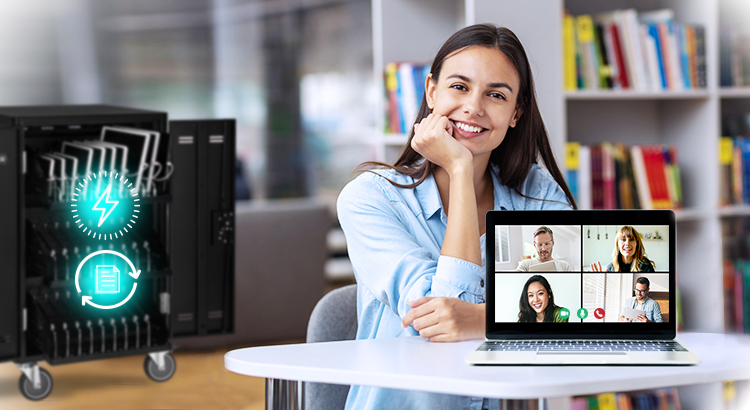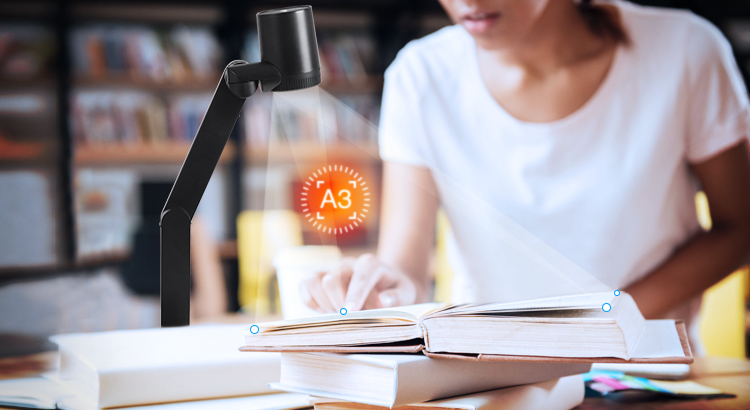The library is something that society has relied upon, and grown from, for generations. The free and open sharing of knowledge through books is an idea that has been embraced across the world. In an era of digitization, with schools, workplaces, and all kinds of other institutions going digital, the library can also evolve with the same new-age technologies.
You might be thinking: ‘But we’ve had computers at libraries for decades?’ – and you’d be right that this is the first step most libraries have taken towards digitization, but unfortunately, for many it is also the only step. BYOD (Bring Your Own Device) is trending across all kinds of industries, especially education, with the cost of computers, and other kinds of computerized helping hands becoming more accessibly than ever before.
The BYOD trend brings us to our first library-enhancing device:
Charging Carts

Charging carts have been at the heart of the digitized classroom since the beginning of classroom technology and EdTech. They offer easy power access for heaps of devices at any given time, and more premium solutions offer automatic syncing.
The benefits for a classroom are clear, but what about a library?
With the growing accessibility of cheaper, higher quality personal electronics such as laptops, phones, and tablets, libraries can use charging carts to support their users’ digital experiences, while also monetarily and practically making more sense than filling up a library with public computers. A small, economical charging cart is already a leap towards a more modern library that effectively engages with new technology.
Charging carts come in all shapes and sizes, and innovative, premium carts come with matching functionality. The most groundbreaking of which being the Sync functionality, bringing us to our next upgrade:
Sync Carts

Basic charging carts provide the essentials, but a cart with added multi-device sync functionality would allow librarians to really get creative with the services their libraries can provide. Getting people reading and providing great recommendations for books could be as easy as setting up sync carts with eBooks loaded onto them – and more spacious libraries could even have different charge and sync carts for different genres and interests.
Aside from bringing your own device, libraries can create reading groups using their own devices and eBooks that are kept up to date with a Charge/Sync cart, and each device can be used by different groups simply by syncing different books onto the devices. Librarians managing libraries with less space might be thinking: ‘Where in the world are we going to keep all these devices?’ Fortunately, any good charging cart will come with a secure lock so devices can be securely kept inside, even outside of open hours.
Visualizers

I’ve already gone on plenty about using eBooks together with charging carts and personal devices, but where do these eBooks come from? Any book-lover would know that books are not always available digitally, and even when they are, they can be expensive to find and acquire. Spending money here might also seem like a bit of a waste to a librarian too – why buy the same book that is already available for free in the library?
This brings us to visualizers . Visualizers can be used to digitize book collections, and in libraries with only one copy of a book, it can be shared within the library to a reading group. High quality visualizer cameras ensure readable captures of pages, and outside of digitizing books, it can simply be used to broadcast book pages to easily create an in-person reading group for a book in scarce supply, or even an online reading group with ease.
Libraries moving into the future are adopting all-new technologies to better provide public good in the digital era. Providing knowledge in digital form has many uses, for those looking to go to the library and get some work done to those simply looking to get into a good book.